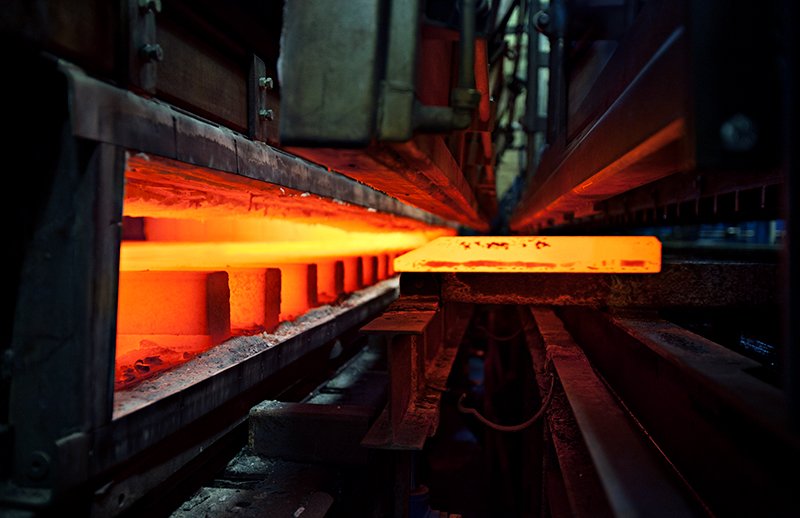Heat treatment is a critical process in stainless steel machining that enhances material properties such as hardness, toughness, and corrosion resistance. However, improper heat treatment can have detrimental effects on the performance and longevity of stainless steel components. Here are some key consequences of inadequate heat treatment:
1. Reduced Corrosion Resistance
Loss of Passivation Layer:
– Stainless steel derives its corrosion resistance from a thin oxide layer that forms on its surface. Improper heat treatment can compromise this passivation layer, leading to increased susceptibility to rust and corrosion.
Sensitization:
– Incorrect heat treatment can cause sensitization, where chromium carbides precipitate at the grain boundaries. This depletes the chromium content in the surrounding areas, reducing the material’s overall corrosion resistance.
2. Increased Brittleness
Formation of Martensite:
– In some stainless steels, improper cooling rates can lead to the formation of martensitic structures, which are harder but much more brittle. This can result in increased susceptibility to cracking and failure under stress.
3. Distortion and Warping
Thermal Stresses:
– Uneven heating or cooling can introduce thermal stresses, leading to distortion and warping of the machined parts. This can cause parts to be out of tolerance and require additional machining or even complete rejection.

4. Reduced Mechanical Properties
Loss of Toughness:
– Improper heat treatment can significantly reduce the toughness of stainless steel, making it more prone to impact damage and brittle fractures.
Inadequate Hardness:
– If the material is not heated to the correct temperature or cooled at the proper rate, it may not achieve the desired hardness, leading to increased wear and reduced component lifespan.
5. Surface Cracking
Thermal Cracking:
– Rapid temperature changes can cause thermal cracking on the surface of stainless steel components. These cracks can propagate and lead to catastrophic failure under operational loads.
6. Grain Growth
Excessive Grain Size:
– Overheating stainless steel can cause excessive grain growth, which negatively affects the mechanical properties. Large grains reduce strength and toughness, making the material more susceptible to fatigue and fracture.
7. Carbide Precipitation
Intergranular Corrosion:
– Improper heat treatment can lead to carbide precipitation along the grain boundaries. This phenomenon, known as sensitization, makes the material vulnerable to intergranular corrosion, especially in harsh environments.
8. Residual Stresses
Internal Stresses:
– Improper cooling rates can leave residual stresses within the material. These internal stresses can lead to unexpected deformations during machining or service, compromising the dimensional accuracy and structural integrity of the component.
Conclusion
Proper heat treatment is essential for achieving the desired properties and performance of stainless steel components. The effects of improper heat treatment can be severe, leading to reduced corrosion resistance, increased brittleness, distortion, loss of mechanical properties, surface cracking, excessive grain growth, carbide precipitation, and residual stresses. Understanding and controlling the heat treatment process is crucial for ensuring the quality and reliability of stainless steel machined parts. By adhering to proper heat treatment protocols, manufacturers can enhance the durability, functionality, and overall performance of their stainless steel products.



